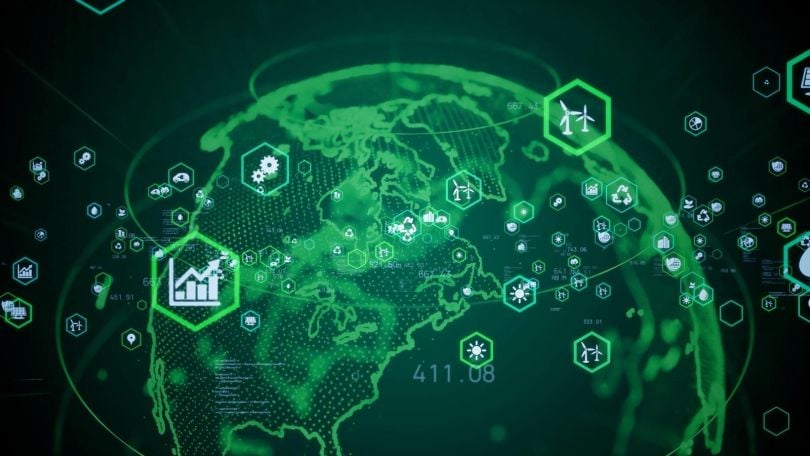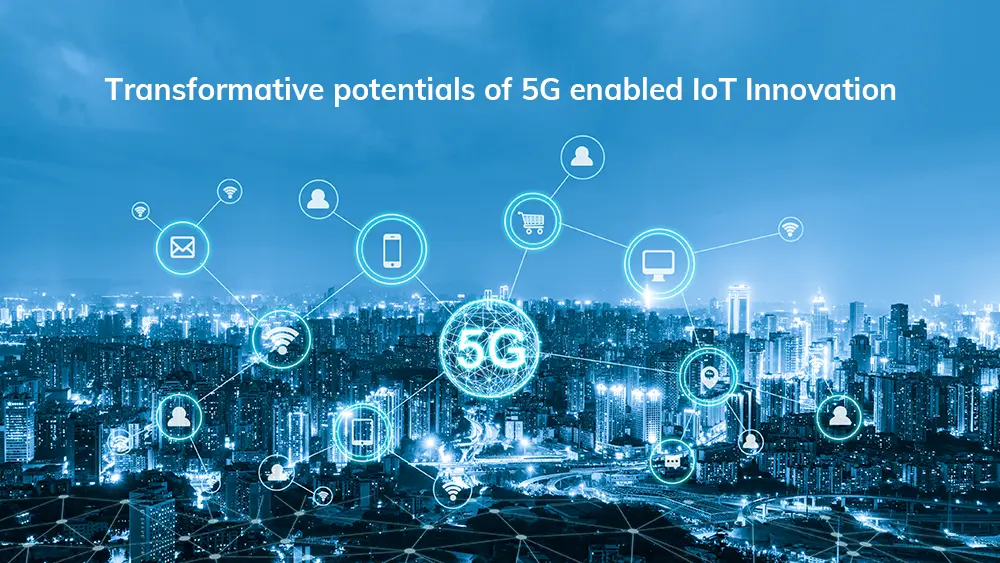justineanweiler.com – Green technology, or “green tech,” refers to the development and application of technologies that aim to minimize or reverse the negative environmental impact of human activity. It plays a crucial role in driving sustainability by reducing pollution, conserving natural resources, and promoting energy efficiency. With the increasing urgency to address climate change, green tech is emerging as a critical force in creating a more sustainable and eco-friendly future.
Key Areas of Green Technology
1. Renewable Energy
- Solar Power: Solar panels convert sunlight into electricity, reducing reliance on fossil fuels. Recent advancements in solar tech have made it more efficient and affordable, allowing households and businesses to harness clean energy.
- Wind Energy: Wind turbines generate electricity without producing harmful emissions. Technological improvements have led to larger, more efficient turbines that can generate more energy even in low-wind areas.
- Hydropower and Geothermal Energy: These methods use water flow and earth’s heat to generate electricity, offering sustainable alternatives to coal and natural gas.
2. Energy Efficiency Technologies
- Smart Grids: A smart grid is an electricity supply network that uses digital technology to monitor and manage energy consumption more efficiently. It helps to reduce energy waste and promote the use of renewable sources.
- Energy-Efficient Appliances: Advances in technology have led to the development of appliances that consume less energy, from LED lighting to energy-efficient refrigerators and washing machines.
3. Electric Vehicles (EVs)
- EVs are becoming a significant part of the green tech revolution, offering a cleaner alternative to traditional gasoline-powered vehicles. With advancements in battery technology, EVs now have longer ranges and faster charging times, making them more practical for everyday use. This shift is helping to reduce greenhouse gas emissions from the transportation sector.
4. Green Building Technologies
- Sustainable Architecture: Technologies like smart windows that control heat and light, as well as eco-friendly building materials like bamboo and recycled steel, are reducing the environmental footprint of new buildings.
- Energy-Efficient HVAC Systems: Modern heating, ventilation, and air conditioning systems are designed to use less energy while maintaining comfortable indoor environments, helping buildings reduce their energy consumption.
5. Waste Management and Recycling Technologies
- Circular Economy: Green tech is promoting a circular economy where products and materials are reused, recycled, or repurposed, reducing waste and conserving resources. Technologies like automated recycling systems and biodegradable plastics are contributing to this shift.
- Waste-to-Energy: This technology converts waste materials into electricity, fuel, or heat, reducing the amount of waste sent to landfills while generating energy.
Impact on the Environment and Economy
Environmental Benefits
- Reduced Carbon Emissions: By transitioning to renewable energy sources and energy-efficient technologies, green tech helps cut carbon emissions, a key contributor to global warming.
- Conservation of Natural Resources: Technologies that promote sustainable agriculture, water conservation, and responsible resource management reduce the strain on natural ecosystems.
- Pollution Reduction: Green technologies like electric vehicles and renewable energy systems help lower air and water pollution, improving overall environmental health.
Economic Benefits
- Job Creation: The green tech industry is growing rapidly, creating jobs in sectors such as renewable energy, energy efficiency, and green manufacturing.
- Cost Savings: While some green technologies require upfront investments, they often lead to long-term savings, especially in energy costs. Solar panels, for example, allow homeowners and businesses to generate their own electricity and reduce energy bills.
- Innovation and Growth: As demand for eco-friendly products and services increases, new markets and industries are emerging, driving technological innovation and economic growth.
Challenges and Future of Green Tech
Challenges
- High Initial Costs: Some green technologies, like electric vehicles and solar energy systems, can be expensive to implement initially, even though they save money in the long run.
- Infrastructure: In many regions, existing infrastructure is not yet equipped to support green technologies, such as electric vehicle charging stations or large-scale renewable energy grids.
- Policy and Regulation: Government policies and regulations play a significant role in supporting green tech. Without adequate incentives or regulations, the adoption of these technologies may be slower.
Future Outlook
- Advancements in Technology: Continued research and development in areas like battery storage, solar efficiency, and waste management will make green tech more accessible and efficient in the coming years.
- Increased Adoption: As the world becomes more aware of the importance of sustainability, green tech adoption is expected to rise, with governments, businesses, and individuals contributing to a greener future.
- Global Collaboration: Countries around the world are collaborating to develop and implement green technologies, aiming to meet global climate goals such as those outlined in the Paris Agreement.
Conclusion
Green technology is at the forefront of the global sustainability movement, offering innovative solutions to some of the most pressing environmental challenges. By embracing renewable energy, energy efficiency, sustainable transportation, and responsible waste management, green tech is helping create a cleaner, healthier planet while driving economic growth. As technological advancements continue and global awareness grows, green tech will play an increasingly vital role in shaping a sustainable future.





